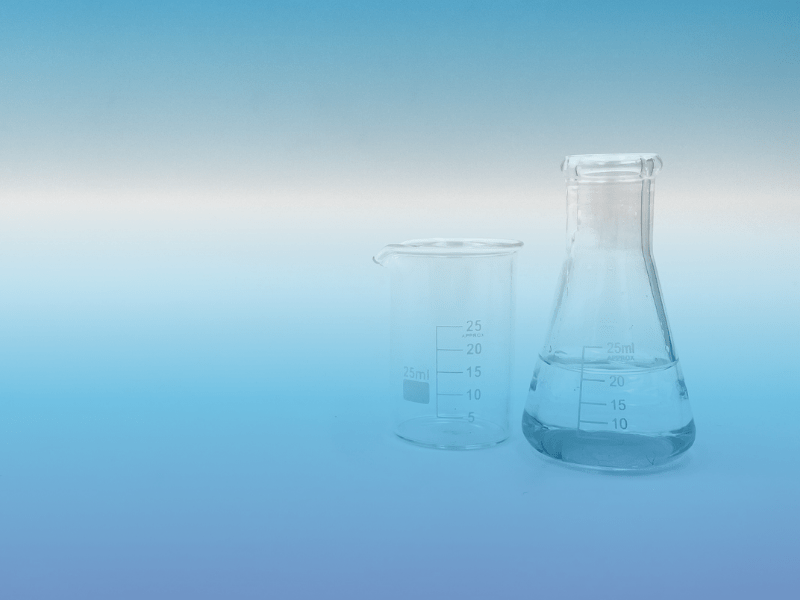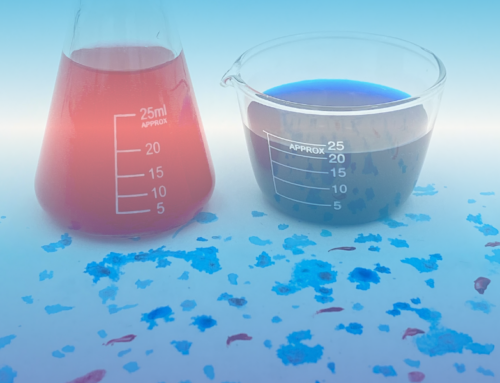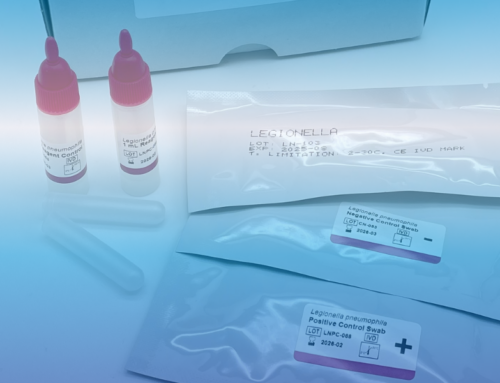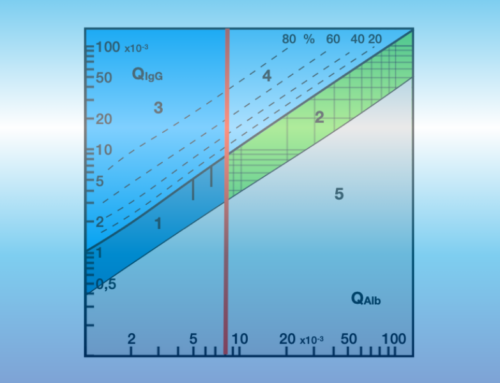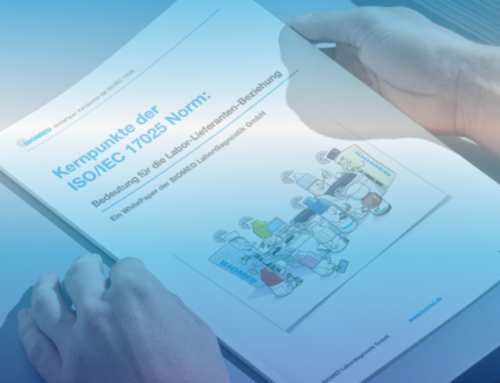Neutralizing SARS-CoV-2 antibodies (NAbs) are IgG, IgM and IgA antibodies that inhibit the binding of the receptor-binding domain (RBD) of the surface spike protein (S protein) to the human angiotensin-converting enzyme 2 (ACE2) receptor.
This response protects a person against symptomatic infection or reduces the severity of the disease, making NAbs measurement particularly important (Vgl. Peng et al., 2021).
The current gold standard method for measuring NAbs is the conventional virus neutralization tests (surrogate-VNT and pseudo-VNT), which, however, requires a highly specialized laboratory, a high workload, trained personnel and expensive equipment (Vgl. Shurrab et al., 2022).
An inexpensive, patient-friendly and timely alternative to sVNT and pVNT is a fluorescence-based rapid test using space-saving point-of-care (POCT) devices such as the BIOspeed immunofluorescence analyzer ((Vgl. Favresse et al., 2021). The high specificity and sensitivity of the associated virus-free Biomed 2019-nCoV neutralizing antibody test allows the rapid and reliable reproduction of the actual protective immunity of a tested person. In addition to NAbs status, other host factors such as age, gender, genetic predispositions and non-specific immune factors that influence the immune response should not be excluded (Vgl. Pang et al., 2021).
However, the overall immune response correlates strongly with NAbs concentrations in blood serum Vgl. Khoury et al., 2021), so that NAbs concentration can be used as a universal indicator of immune status in both vaccinated and recovered individuals.
| Neutralizing antibodies (IU/ml) | Result description | Presumed level of immune protection against COVID-19 |
| < 30 IU/ml | Negativ | No immune protection |
| ≥ 30 – < 96 IU/ml | Weak positive | Low immune protection |
| ≥ 96 – < 210 IU/ml | Medium positive | Medium immune protection |
| ≥ 210 IU/ml | High positiv | High immune protection |
Table 1: Interpretation of the results of the fluorescence-based Biomed 2019-nCoV neutralizing antibody test (see. Khoury et al., 2021).
Current studies report that vaccinated patients have significantly higher NAbs titres after the full dose of, for example, the BNT162b2 vaccine than COVID-19 patients after surviving infection, whereby the lifespan of antibodies is significantly longer in recovered patients ( (Vgl. Shenai et al., 2021). If only wild virus-infected patients are considered, i.e. people who have been infected with the circulating virus variants, the severity of symptoms during the illness should not be underestimated. In patients with moderate COVID-19 infection, a stronger neutralizing capacity was observed after recovery than in patients with mild COVID-19 infection, with a slow decrease in NAbs over time.
The multifaceted studies on neutralizing antibodies are therefore of global significance with regard to the COVID-19 strategy. In another study, scientists even hypothesize that the detection of neutralizing antibodies could play a key role in the global vaccination strategy (Vgl. Favresse et al., 2021).

